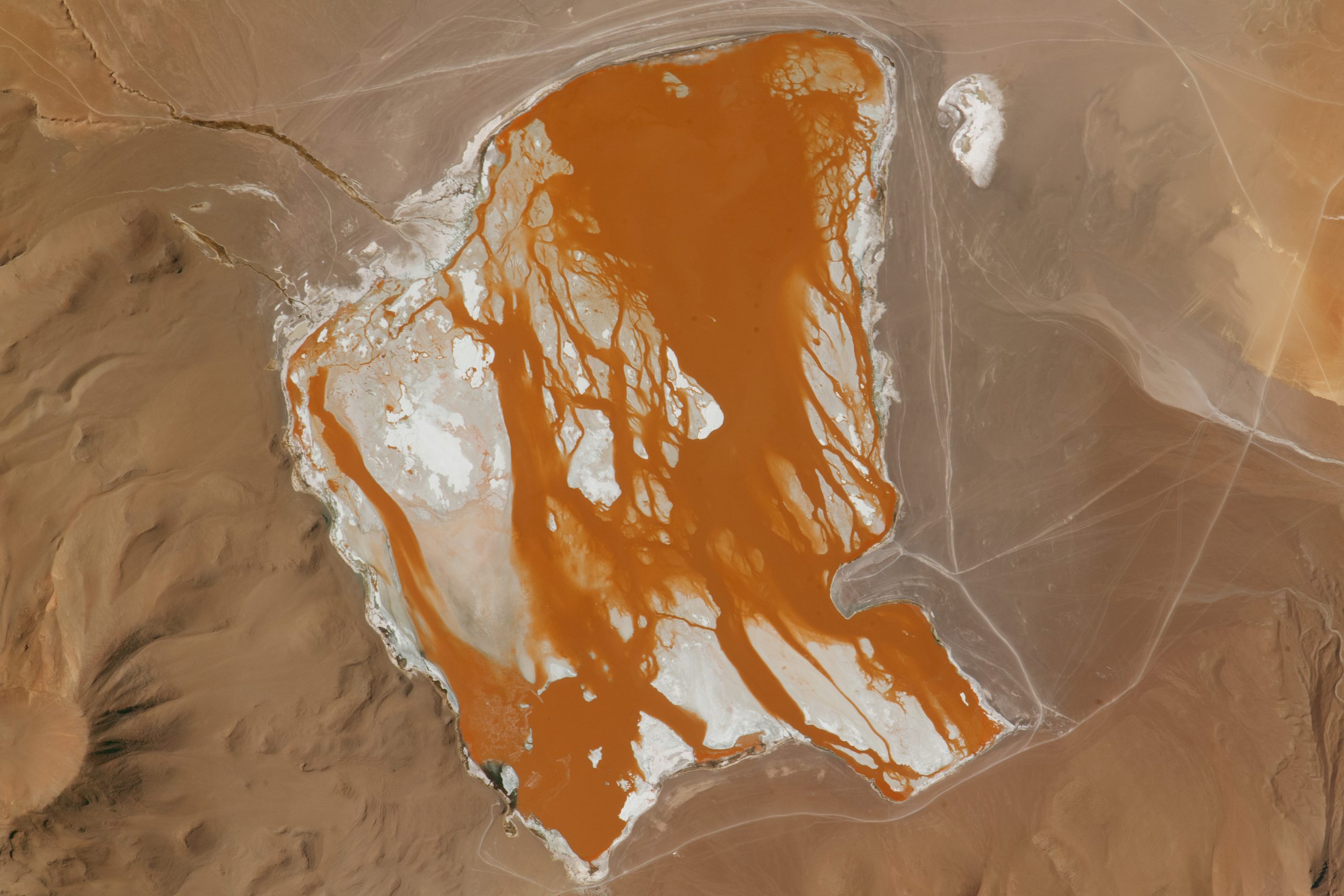Blood
“Blood of Earth” Photographed By Astronauts Onboard The ISS
When astronauts onboard the International Space Station (ISS) are cruising over 400 kilometers (250 miles) above Earth’s surface, it’s not unusual to see the bloody sight of the planet oozing with a gory red fluid. There are a bunch of causes behind this phenomenon (none of which involve the spilling of blood, to our knowledge).
As explained by NASA Earth Observatory, these two images (above and below) were captured using a humble Nikon digital camera in September 2023 by a member of the Expedition 69 crew and another of the Expedition 70 crew.
The first, shot on September 7, shows the Laguna Colorada in the Bolivian Andes running down the side of South America. Here, the rusty red hue is the result of red algae booming in the wake of optimal environmental conditions, most notably its hyper-salty shallow waters.
The Laguna Colorada, or Red Lagoon, in the Bolivian Andes on September 7, 2023.
Image credit: ISS/NASA
A similar process happens in bodies of water elsewhere in the world, such as the Great Salt Lake in Utah which frequently takes on a deep-pink hue. It might even be the reason why the Bible talks of the River Nile running with the blood in times of plague and strife.
The second photo, taken on September 30, shows the Betsiboka River Delta in Madagascar. Although the waters look similar, a different process is causing its coloration. In this instance, the river is running red due to iron-rich sediment in its waters.
This is a similar process to the infamous Blood Falls of East Antarctica. This visually arresting site was first seen by humans in 1911 by British explorer Thomas Griffith “Grif” Taylor during one of the early Antarctic expeditions by Europeans. At the time, Grif and his crew thought the vibrant color was due to red algae – and understandably so.
However, a study in 2023 found that analyzed samples of Blood Falls’ water and found an abundance of iron-rich nanospheres that turn red when oxidized.

